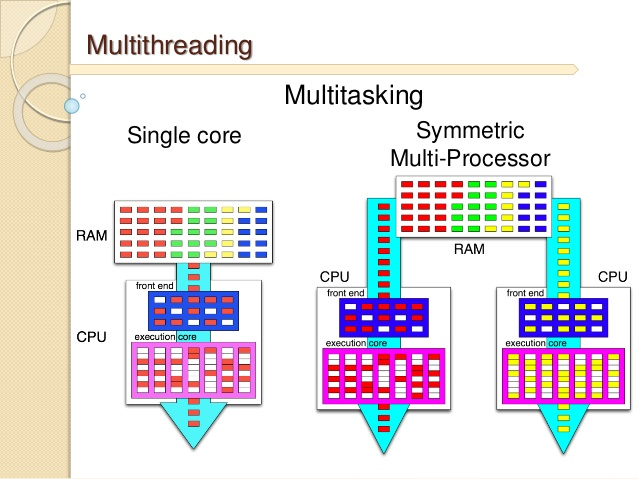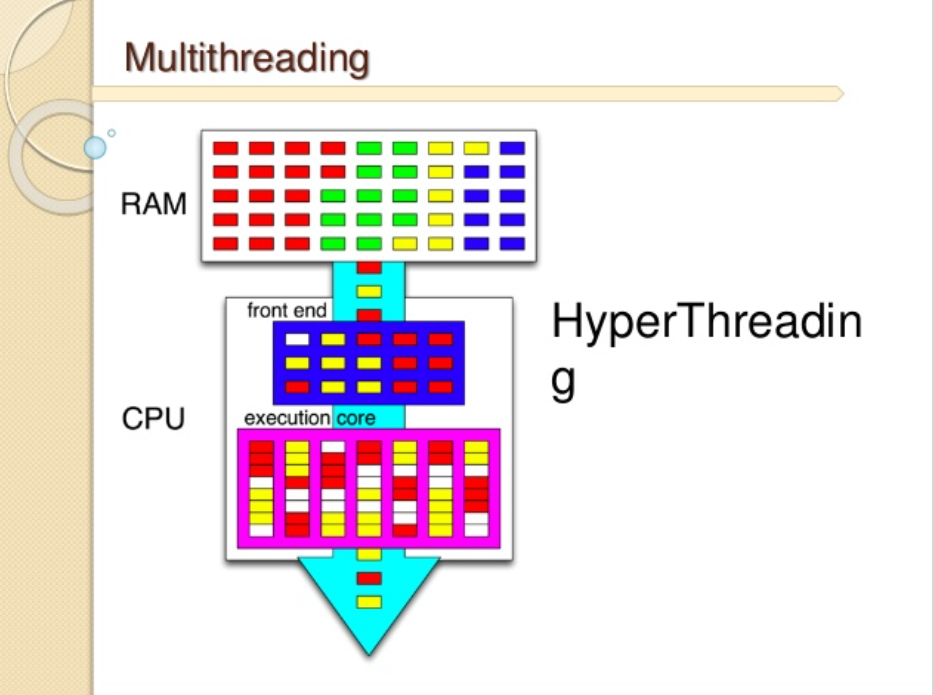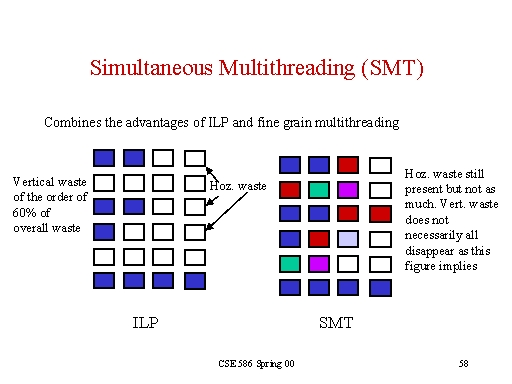Hi guys,
I did a research, but several points are not clear, could you please kindly advice on them?
Thank you!
I did a research, but several points are not clear, could you please kindly advice on them?
- Threads are good for background tasks (file download, running antivirus, etc.) - this is clear. However, if I'm not mistaken, software which is not specifically optimized for threads works more efficiently when it can utilize a standalone CPU core, which arises the dilemma: cores or threads are my choice? Which is better for the following scenario: office/gaming = 50/50, no CPU upgrade in the next 5 years?
- How widespread (if at all) is the trend of adapting apps to CPU multi-thread technology and which software (office/games) is more likely to follow this trend in the next 3-5 years?
- The higher the CPU clock rate is, the more operations per second are done - clear. I've heard this logic is much more valid for apps, which are not optimized for multi-thread work (i.e. "single-thread apps"). If this is true, am I right assuming that office apps won't work much faster on 4Ghz CPU vs. a 3.5Ghz one, while games (majority of which is not optimized for multiple-threads yet) will show noticeably better results (with an appropriate GPU/RAM on board, of course)? Is that correct?
Thank you!
![[H]ard|Forum](/styles/hardforum/xenforo/logo_dark.png)




